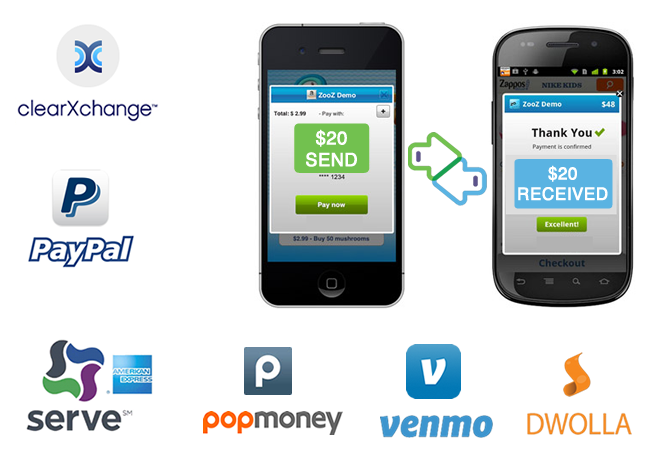P2P payments are person-to-person payments via a cellphone or email address, though some industry players let you pay merchants, too. Lately, they’ve been catching on because consumers can easily send or receive money anytime via their smartphone or online for a low, or no, fee. But P2P payments aren’t really new.
PayPal, which launched in 1999, has offered P2P payments via the Web as a way for people to exchange money digitally. These days, you also can use PayPal’s downloadable mobile apps to send and receive money via a smartphone.
Banks and financial services providers increasingly are jockeying for position in the peer-to-peer payments space, and for good reason. Most experts agree that the continuing acceleration of mobile adoption will mean a surge in growth for the P2P market.
In February financial services giant Fiserv (Brookfield, Wis.) combined P2P payments programs Zashpay and Popmoney into one service (still called Popmoney); combined, the two programs have partnered with more than 1,400 financial institutions to offer P2P payments to customers. And since then, three of the country’s top banks have joined forces to offer their own P2P service — Wells Fargo, Bank of America and JPMorgan Chase customers will soon be able to make P2P payments through the first bank-owned P2P payments service, clearXchange.

